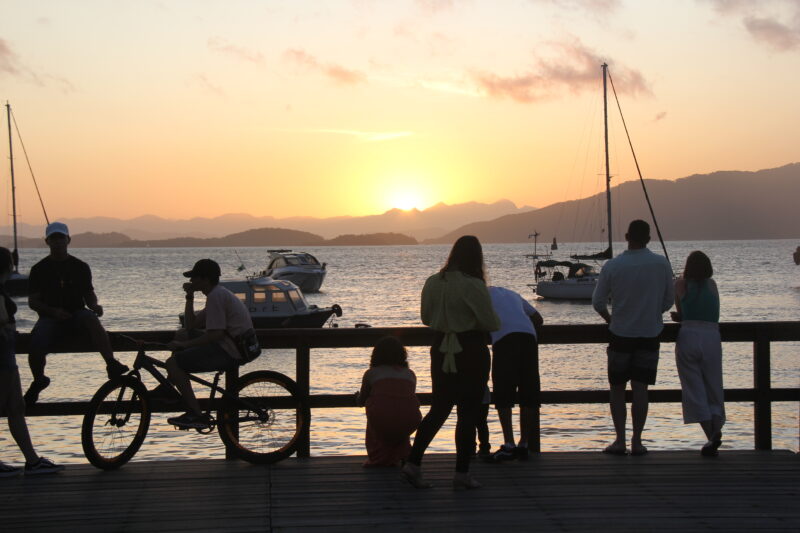
A cultural legacy that spans centuries, of notorious historical, ethnological and anthropological relevance.
The Babitonga Ecosystem is a stronghold of unique cultural heritage, with notorious historical, ethnological and anthropological relevance. Even before the colonization movements, the region was already characterized by intense human occupation. There are records of more than 200 archaeological sites of different ethnic groups who lived in the region before its colonization. The most abundant and known are the sambaquis, mounds of shells built by fishermen, hunters and gatherers, being the largest burial sites of these peoples. The Carijós, from the Tupi-Guarani nation, lived in the region in the 15th and 16th centuries. Historically, fishing emerged in this region as a source of secondary subsistence, complementing the agricultural activity of the families who occupied these regions.
Babitonga Bay also played an important role in the history of Brazil. Since the beginning of the country’s colonization process, the bay was already used by boats due to its privileged geographical condition, which contributed to the discovery of the São Francisco do Sul Island in 1504. In the 19th century, the first German immigrants arrived to colonize lands that used to belong to the Prince of Joinville and his wife, daughter of D. Pedro the First. During the Second World War, Rita Island had great strategic importance, serving as a naval base for the supply of drinking water, coal and oil to the ships.
These historical traces are present in different spaces of the Babitonga Ecosystem. The sharing of this social space by different actors at different times makes the landscapes of the region compose the collective memory of their communities, a common heritage of memories, a space for works of man and nature.







